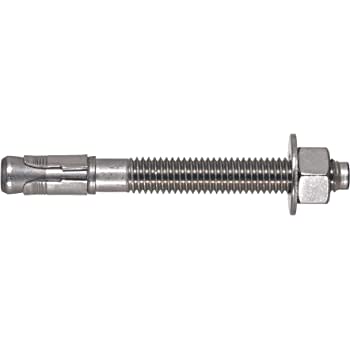Veer007
Civil/Environmental
- Sep 7, 2016
- 379
Hey Guys,
Generally, In steel structure, where does the expansion anchors preferred, and where does the adhesive anchors preferred, then why?

Thanks in advance!!
Generally, In steel structure, where does the expansion anchors preferred, and where does the adhesive anchors preferred, then why?

Thanks in advance!!
